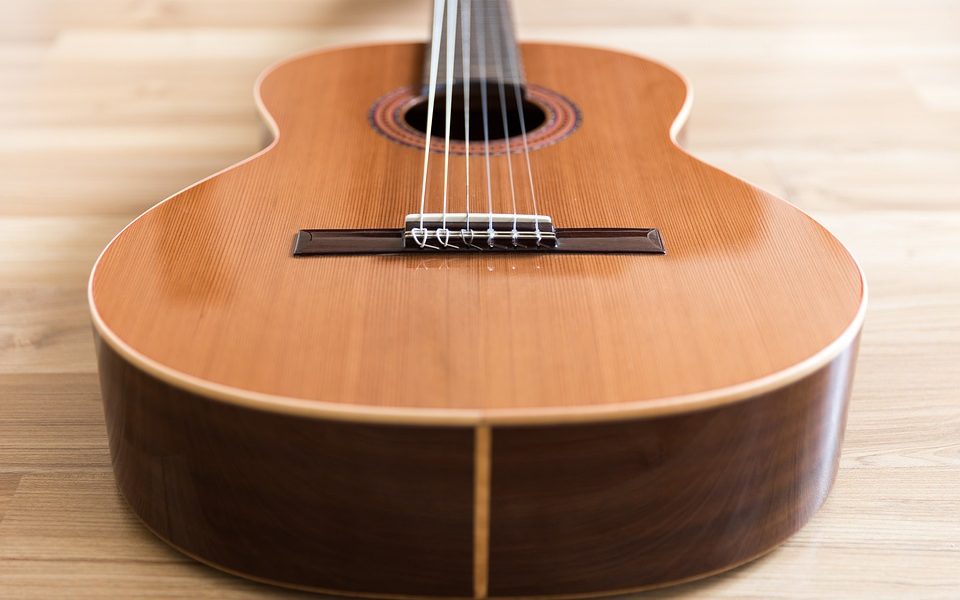Mastering Major Scales: Essential Guitar Tips and Tricks
Mastering Major Scales: Essential Guitar Tips and Tricks
Major scales are the foundation of music theory and are essential for every guitarist to master. By understanding and practicing major scales thoroughly, you can improve your playing, expand your musical vocabulary, and become a more versatile musician. In this article, we will cover some essential tips and tricks for mastering major scales on the guitar.
1. Understanding the Major Scale
The major scale is a seven-note scale that follows a specific pattern of whole and half steps. The most common major scale pattern is W-W-H-W-W-W-H, where W represents a whole step and H represents a half step. For example, the C major scale is C-D-E-F-G-A-B, with the pattern of whole and half steps being W-W-H-W-W-W-H.
2. Learning the Major Scale Shapes
On the guitar, there are multiple ways to play a major scale using different scale shapes. Familiarizing yourself with these shapes can help you navigate the neck more efficiently and play the scale in various positions. Some common major scale shapes include the CAGED system, the three-note-per-string pattern, and the diagonal scale pattern.
3. Practice with a Metronome
Rhythmic precision is crucial when playing scales, so practicing with a metronome can help improve your timing and overall guitar technique. Start by setting the metronome to a comfortable tempo and play the scale slowly and evenly. Gradually increase the speed as you become more comfortable with the scale.
4. Use Alternate Picking
To develop speed and accuracy while playing major scales, it is essential to practice alternate picking. Alternate picking involves alternating between downstrokes and upstrokes when picking each note in the scale. This technique can help you play faster and cleaner and improve your overall dexterity on the guitar.
5. Practice in All Keys
While it is essential to start by mastering major scales in common keys like C, G, and D, it is also important to practice in all keys to become a well-rounded guitarist. By familiarizing yourself with scales in different keys, you can expand your musical vocabulary and improve your ability to play in various musical contexts.
6. Experiment with Different Rhythmic Patterns
Playing major scales in a straight ascending or descending pattern can become monotonous over time. To keep things interesting, experiment with different rhythmic patterns such as triplets, sixteenth notes, and syncopated rhythms. This can help improve your sense of timing and phrasing while adding variety to your playing.
7. Memorize the Scale Degrees
Understanding the scale degrees of a major scale can help you navigate the scale more efficiently and create melodic phrases. Each note in the scale corresponds to a specific degree, such as the root (1), second (2), third (3), and so on. By memorizing the scale degrees, you can better understand the relationship between different notes in the scale and create more musical and expressive solos.
8. Incorporate Major Scales into Your Practice Routine
To master major scales on the guitar, it is crucial to incorporate them into your daily practice routine. Dedicate a portion of your practice time to working on scales, focusing on technique, speed, and accuracy. By consistently practicing major scales, you can improve your overall guitar playing and become a more proficient musician.
In conclusion, mastering major scales is essential for every guitarist looking to improve their playing and musical understanding. By understanding the major scale pattern, learning different scale shapes, practicing with a metronome, using alternate picking, and experimenting with different rhythmic patterns, you can enhance your guitar technique and become a more versatile musician. Remember to practice in all keys, memorize the scale degrees, and incorporate major scales into your daily practice routine to achieve mastery. With dedication and perseverance, you can elevate your playing to new heights and become a confident and skilled guitarist.






